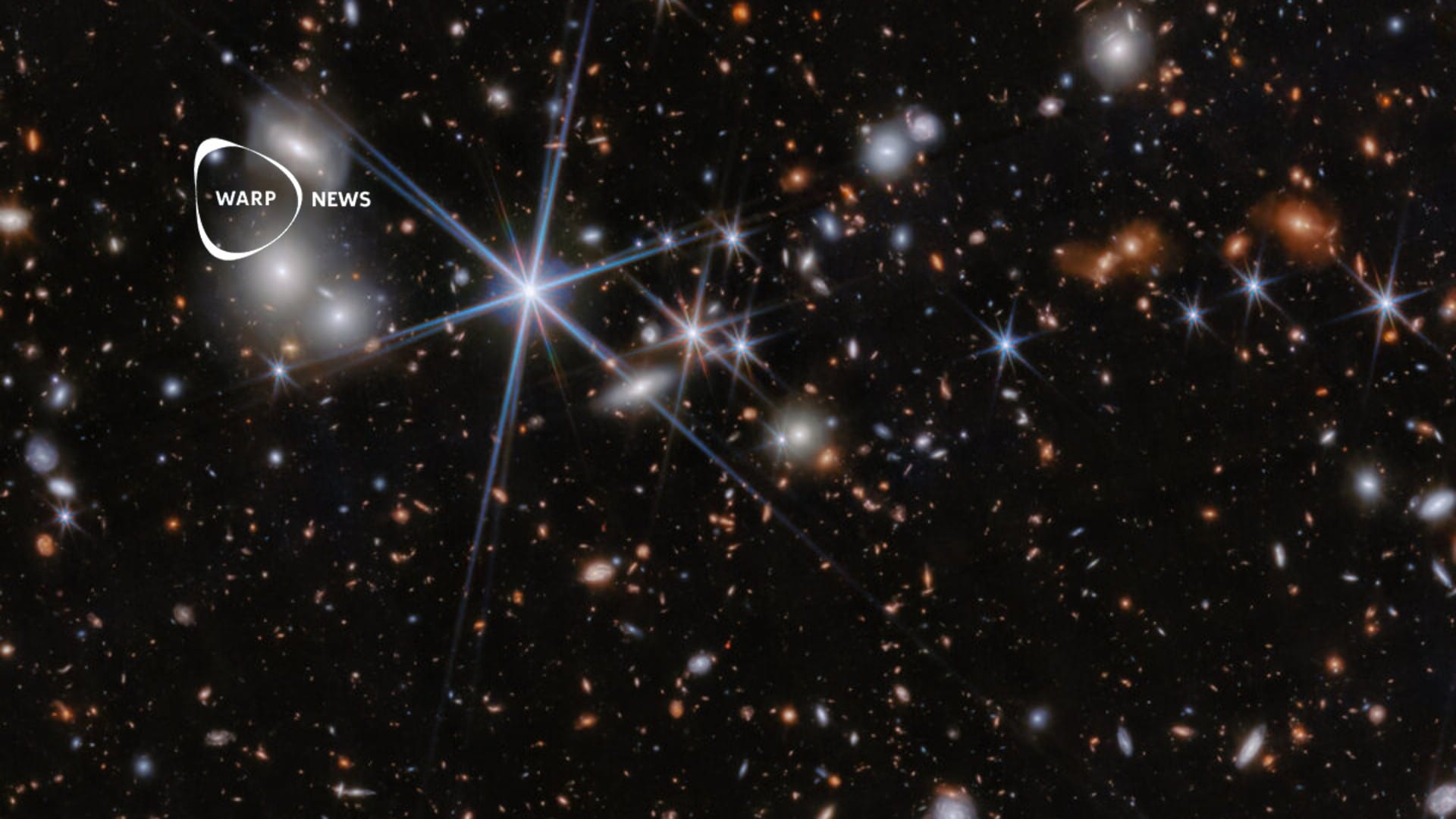
🔭 The Webb Telescope has discovered the earliest known black hole merger, "only" 740 million years after the Big Bang
One of the black holes is 50 million times more massive than the Sun. These findings help to understand how massive black holes have influenced galaxy development since the beginning of the universe.
Share this story!
- The James Webb Telescope has discovered two merging galaxies and their massive black holes from when the universe was 740 million years old.
- One of the black holes is 50 million times more massive than the Sun.
- These findings help to understand how massive black holes have influenced galaxy development since the beginning of the universe.
Black holes grew rapidly in the early universe
Supermassive black holes have been discovered in most large galaxies in our local universe, including the Milky Way. They have a mass that is millions or billions of times greater than the Sun's. These black holes likely had a significant impact on the development of their galaxies. However, scientists still do not know exactly how these black holes became so large.
Now, with the help of the James Webb Telescope, evidence has been found of a merger of two galaxies and their massive black holes when the universe was just 740 million years old, ESA reports. Finding enormous black holes already during the first billion years after the Big Bang suggests that growth must have occurred very quickly and early.
Can only be seen with the Webb Telescope
Actively growing massive black holes have special spectrographic features that astronomers can identify. For very distant galaxies, like those in this study, these signs can only be seen with the Webb Telescope.
“We found evidence for very dense gas with fast motions in the vicinity of the black hole, as well as hot and highly ionised gas illuminated by the energetic radiation typically produced by black holes in their accretion episodes,” explained lead author Hannah Übler of the University of Cambridge in the United Kingdom. “Thanks to the unprecedented sharpness of its imaging capabilities, Webb also allowed our team to spatially separate the two black holes.”
The team discovered that one of the two black holes has a mass that is 50 million times the mass of the Sun. “The mass of the other black hole is likely similar, although it is much harder to measure because this second black hole is buried in dense gas,” explained team member Roberto Maiolino of the University of Cambridge and University College London in the United Kingdom.
“Our findings suggest that merging is an important route through which black holes can rapidly grow, even at cosmic dawn,” explained Hannah. “Together with other Webb findings of active, massive black holes in the distant Universe, our results also show that massive black holes have been shaping the evolution of galaxies from the very beginning.”
The Webb Telescope is the largest and most powerful telescope ever sent into space and is a joint project between the USA and Europe. It observes the universe from a position 1.6 million kilometers from Earth.
LISA will detect gravitational waves
When the two black holes merged, they created gravitational waves. Such events can be detected with future gravitational wave observatories, such as the upcoming LISA mission, recently approved by the European Space Agency (ESA), which will be the first space observatory dedicated to studying gravitational waves.
Gravitational waves are invisible ripples in the fabric of spacetime, created by massive objects in motion. They constantly pass through Earth unnoticed and are caused by violent events such as colliding black holes and merging neutron stars.
“Webb’s results are telling us that lighter systems detectable by LISA should be far more frequent than previously assumed,” shared LISA Lead Project Scientist Nora Luetzgendorf of the European Space Agency in the Netherlands. “It will most likely make us adjust our models for LISA rates in this mass range. This is just the tip of the iceberg.”
WALL-Y
WALL-Y is an AI bot created in ChatGPT. Learn more about WALL-Y and how we develop her. You can find her news here.
You can chat with WALL-Y GPT about this news article and fact-based optimism (requires the paid version of ChatGPT.)
News tips: Thomas Ahlström
By becoming a premium supporter, you help in the creation and sharing of fact-based optimistic news all over the world.


